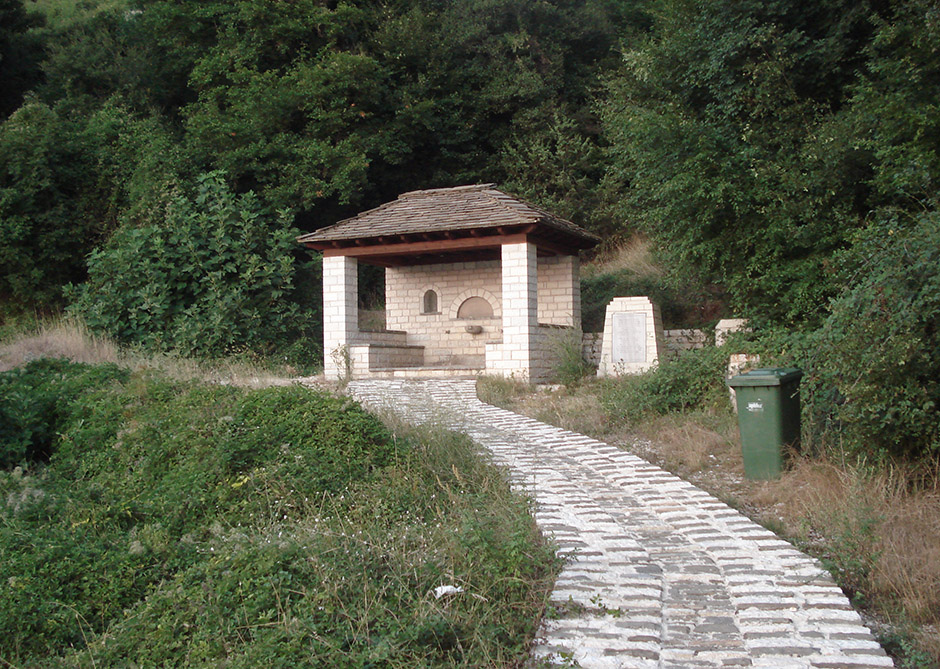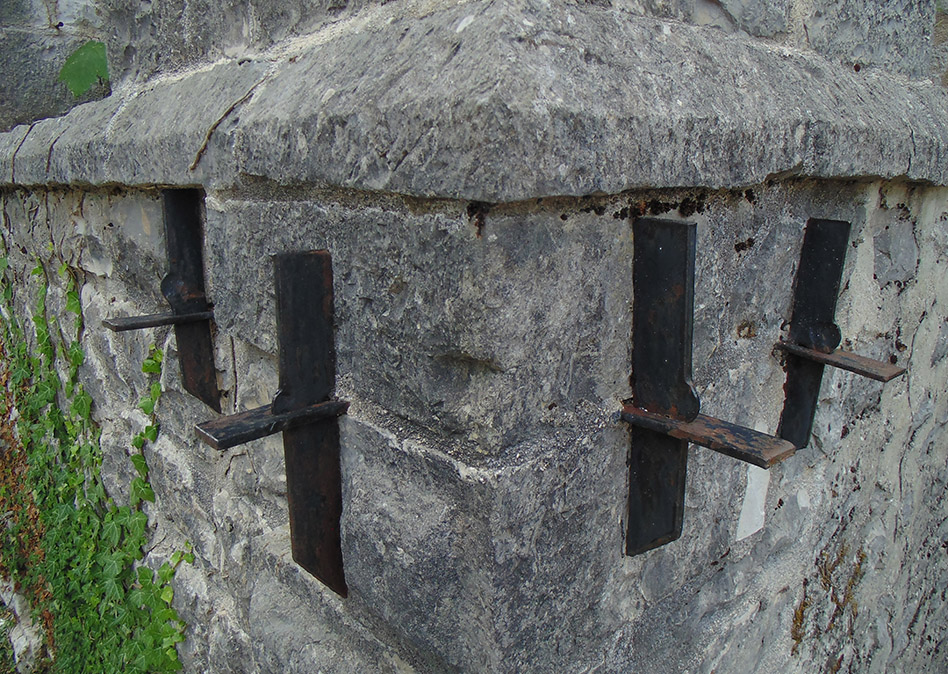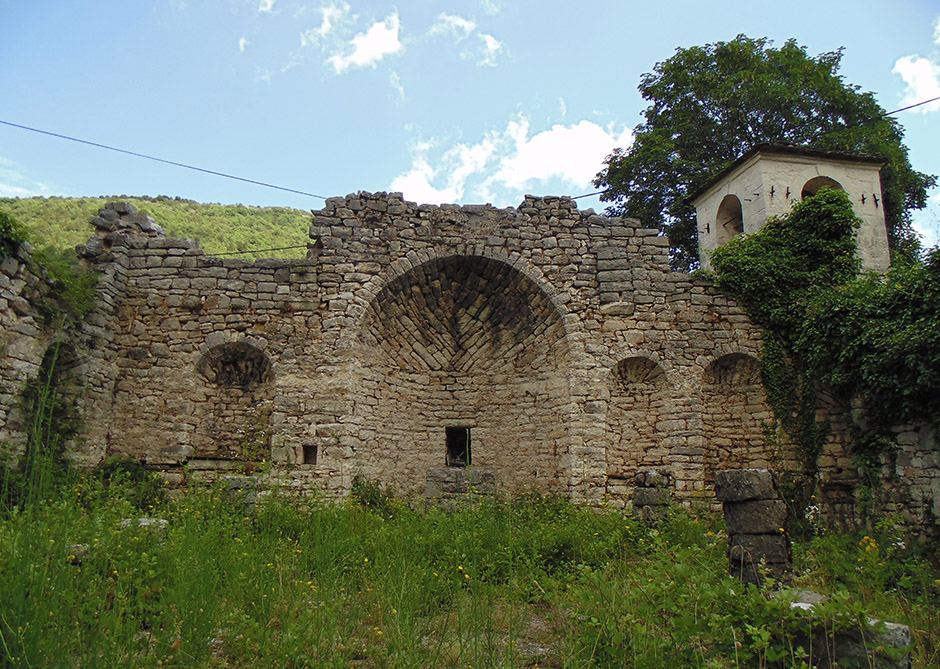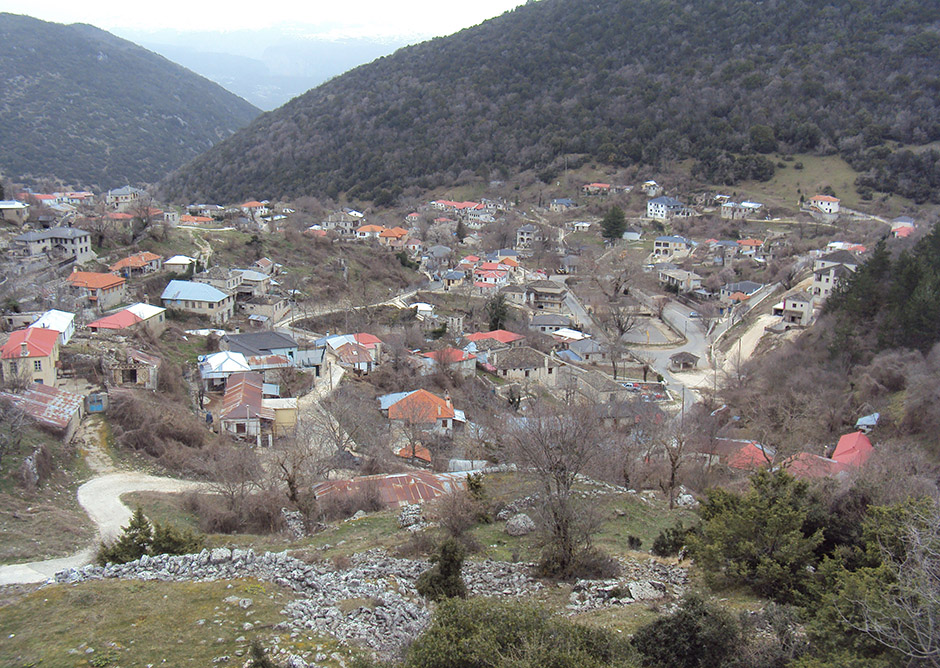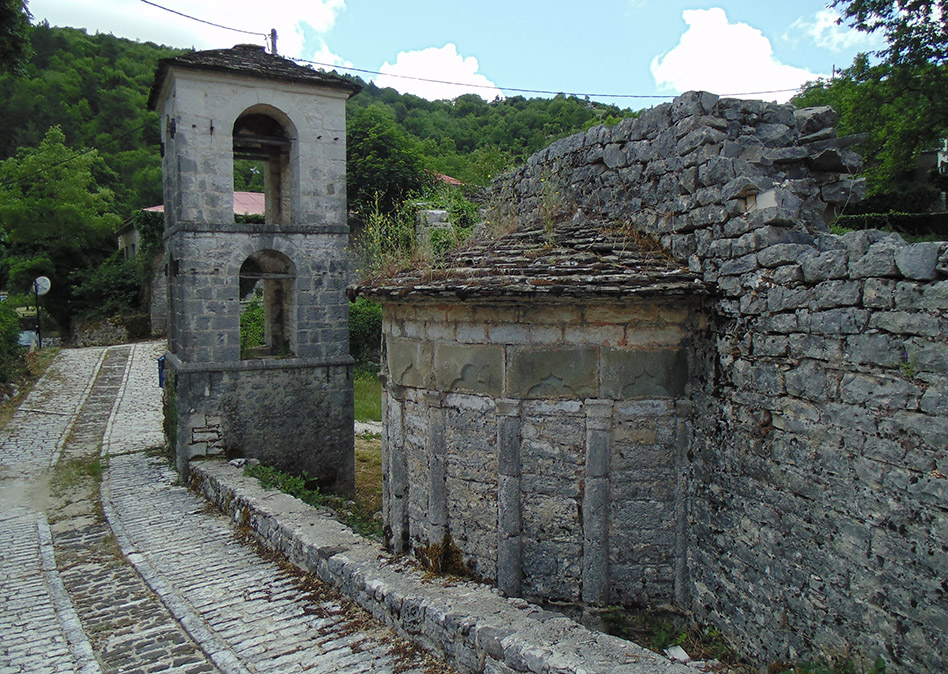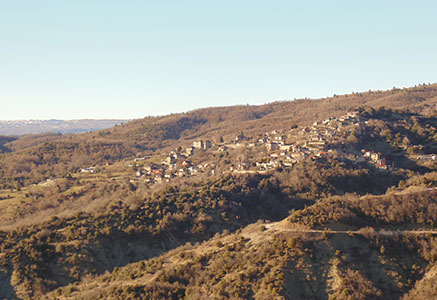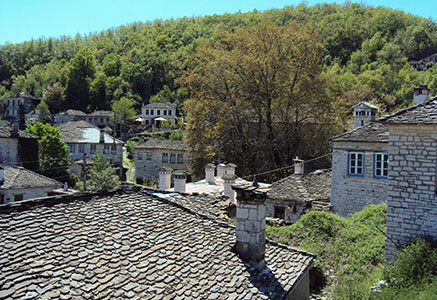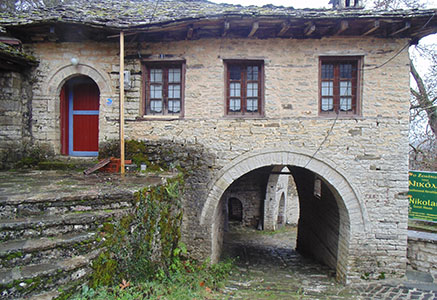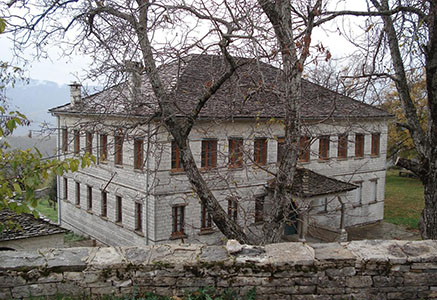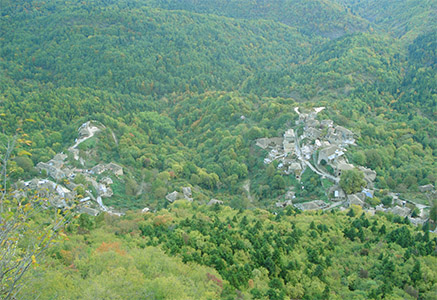Project Description
The place name comes from the female of the Slavic adjective dobr-bra-bro, which means “the good”. The village took its present name “Asprangeli”, in 1926 from the Monastery of Asprangeli (White Angels), that lies in the area.
The date of the village’s settlement is unknown. It is mentioned for the first time in 1380, while the walls that survive near the village testify the existence of a fortified livestock settlement in the area. Built at an altitude of 990 meters, today it is the capital of the Municipality of Zagori.
The 16th and 17th centuries increased significantly when the neighboring settlements were dismantled. In the 19th century, Dobra was a very large and rich village, actually it was believed to be the wealthiest of the Zagorohoria at that time.
The resistance action of the inhabitants led the Germans to retaliate, which resulted in burning completely the village on 15 July 1943, with an account of 115 burned houses and two dead people. Even today the signs of the disaster are visible.
Approximately one kilometer before the village stands the monument of the Zagorian Woman, a minimum tribute to the Zagorians who helped like no other, our national troops in the difficult winter of the 1940s. Loaded with ammunition and clothing, through rough trails and under unfavorable conditions, they supplied endlessly the soldiers at the front line.
Just a little closer to the village, in the plain of Dovras, there is the information center of the North Pindos Park, while on the slopes of the village, lies a windsurfer track.




